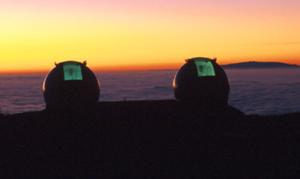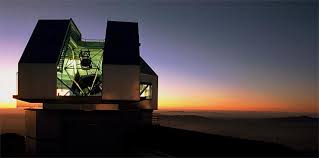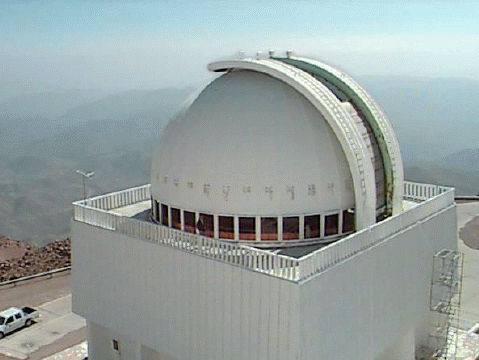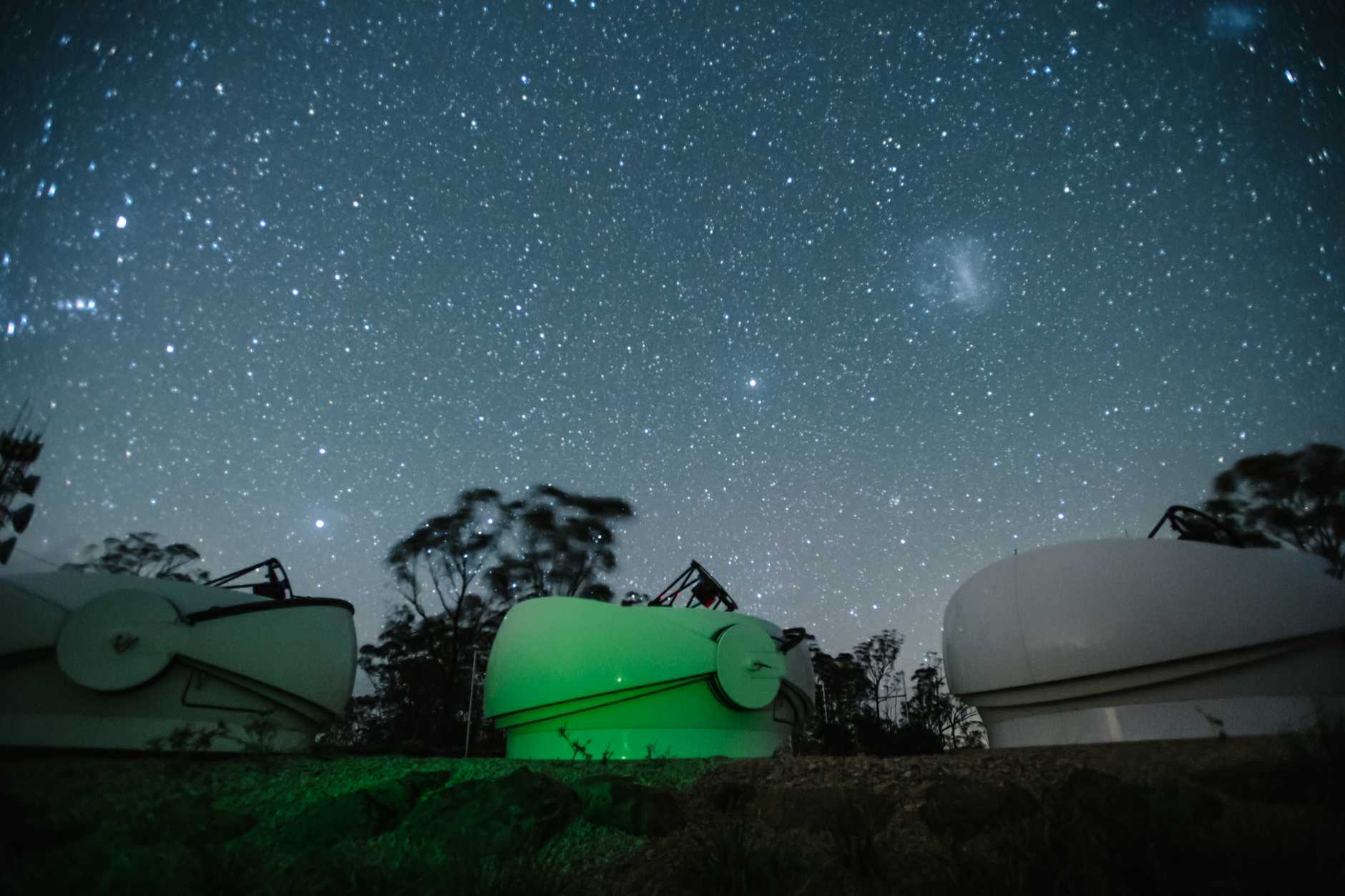NExScI provides access to a variety of observing resources in support of community research primarily in exoplanets, but also general astrophysics and planetary science.

The cornerstone of the NExScI-supported observing resources is the NASA share of time on the Keck Telescopes. NExScI manages the partnership between NASA and the W. M. Keck Observatory, making both the Keck I and Keck II telescopes and their instrumentation available to the community for exoplanet, astrophysical, and planetary science investigations. More information on the Keck instrumentation and how to apply for NASA Keck time can be found here.
NASA and the National Science Foundation (NSF) have established the NASA-NSF Exoplanet Observational Research (NN-Explore) partnership to support community exoplanet research. The NN-Explore program was created in response to the community need for observational resources for exoplanet discovery and characterization. Through the NN-Explore partnership, time is made available for exoplanet confirmation and characterization, in particular for TESS planetary candidates. There are multiple resources available to the community through this partnership; more information on how to apply for time through the NN-Explore Program can be found in the NOIRLab Call for Proposals.

The cornerstone of the NN-Explore Program is the NASA partnership with the WIYN Telescope, located at Kitt Peak Observatory. The premiere instrument on the telescope is NEID, which is a high-resolution spectrometer capable of radial velocity precisions of 30 cm/s. The NEID Data Archive is operated by NExScI. Also available on WIYN is the high-spatial-resolution optical speckle imager NN-Explore Exoplanet Stellar Speckle Imager (NESSI). Other instruments available to the community include WHIRC, Hydra, and ODI.

CHIRON is located on the SMARTS 1.5m telescope at the Cerro-Tololo Observatory CHIRON is a fiber-fed, high-resolution spectrometer capable of radial velocity precisions of a few meters per second. Through the NOIRLab partnership in the SMARTS consortium,
A more complete description of CHIRON and its capabilities can be found here.

MINERVA-Australis is an array of 0.7m telescopes feeding a single precision spectrograph. The facility is located at Mt. Kent, and is able reach radial velocity precisions of a few meters per second.
Additional information on MINERVA-Australis can be found here.
(last updated February 13th, 2025 17:50:45)